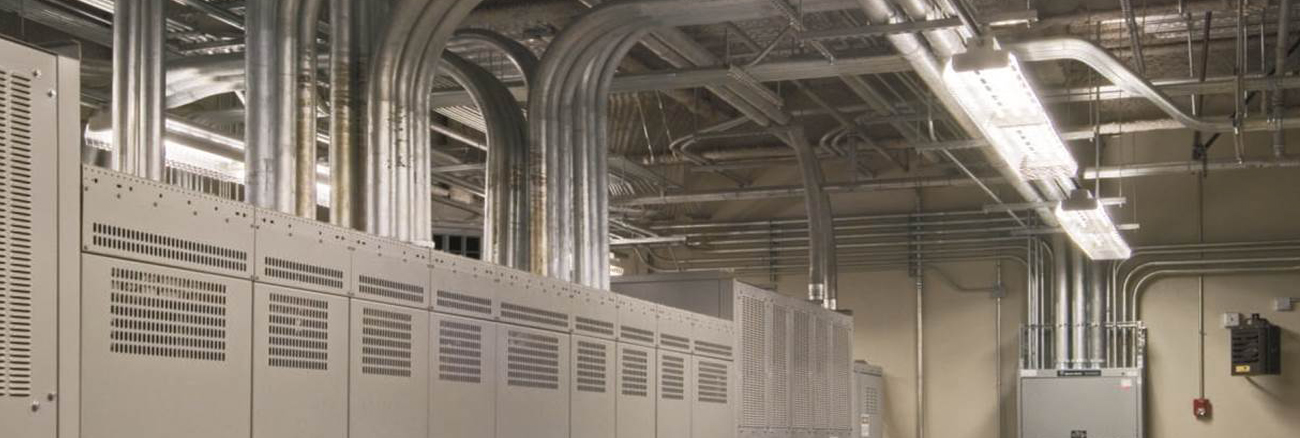How the Electrical Industry has Transformed over the Past Few Decades
Interstate’s Bob Manning recently gave an overview of just how much the electrical industry has changed over the past few decades – and how Interstate remains on the cutting edge – for High-Profile. Read the full article on the High Profile site: https://www.high-profile.com/how-the-electrical-industry-has-transformed-over-the-past-few-decades/
